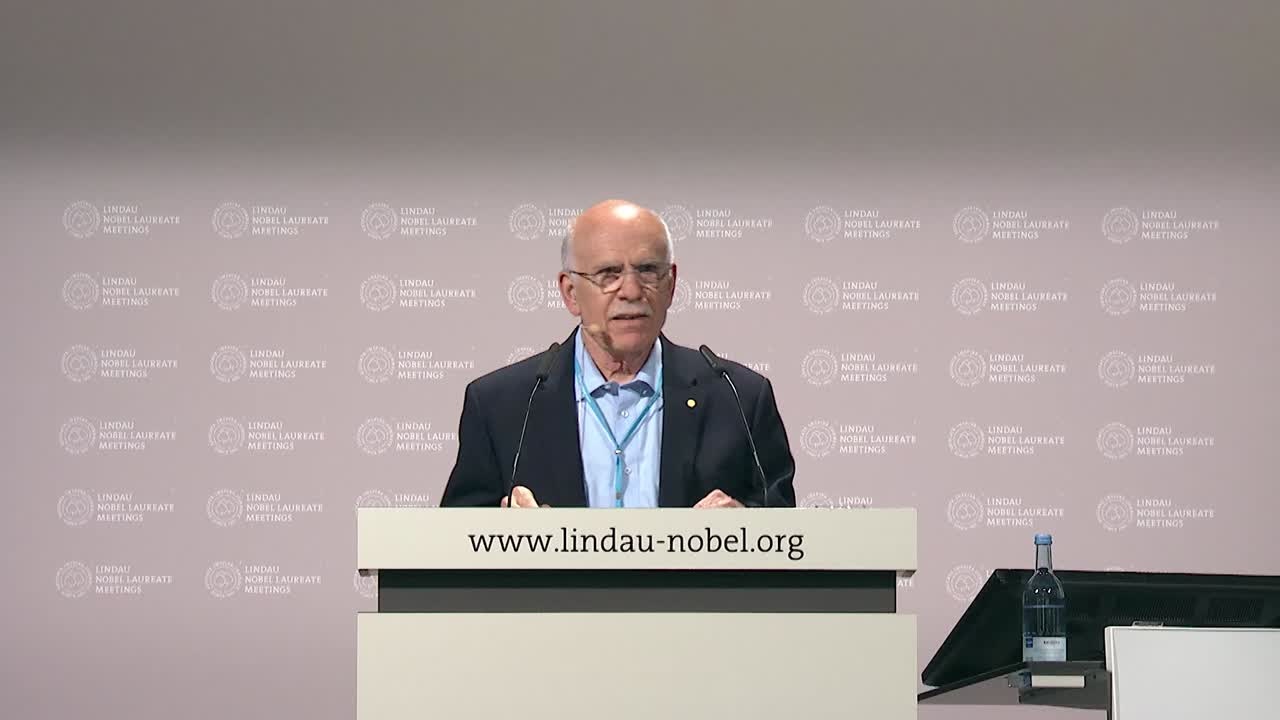Abstract
The field of nitric oxide (NO) research has developed in explosive proportions since the discovery of endogenous NO in 1986. Endothelium-derived relaxing factor was identified as NO. The first biologically important actions of NO were that nitroglycerin and related nitrovasodilators elicit vascular smooth muscle relaxation by liberating NO in the smooth muscle. NO relaxes smooth muscle by activating cytosolic guanylate cyclase (sGC) and elevating tissue levels of cyclic GMP (cGMP). Soon thereafter, NO was found to inhibit platelet aggregation by mechanisms also involving cGMP. sGC was found to contain heme as a prosthetic group, binding NO and altering the configuration of the active site to increase access to the substrate, MgGTP. This property confers great selectivity to the cGMP system, which represents the principal signal transduction mechanism by which NO elicits many of its physiological effects in the mammalian species. Endothelium-derived NO acts to lower elevated blood pressure, prevent platelet aggregation, improve local blood flow, prevent atherosclerosis and thereby prevent stroke and myocardial infarction. Moreover, NO acts as a neurotransmitter in the central and peripheral nervous systems, where NO modulates memory, learning, recall and erectile function. NO may function in a similar manner in the GI tract, airways and bladder. Based on these properties of NO, new drugs have been and are being developed to treat hypertension, atherosclerosis, stroke, angina pectoris, heart failure, vascular complications of diabetes, GI ulcers, impotency and other vascular disorders. An excellent example of the application of basic information learned about NO has been the development of selective phosphodiesterase-5 inhibitors, which has revolutionized the treatment of erectile dysfunction. Other examples include drugs that act as NO donors or stimulate the production of NO, which leads to vasodilation and decreased blood pressure. There are undoubtedly many as yet unknown functions of NO. This allows for the opportunity to develop novel drugs for diagnosis, prevention and treatment of a multitude of cardiovascular and other disorders.

